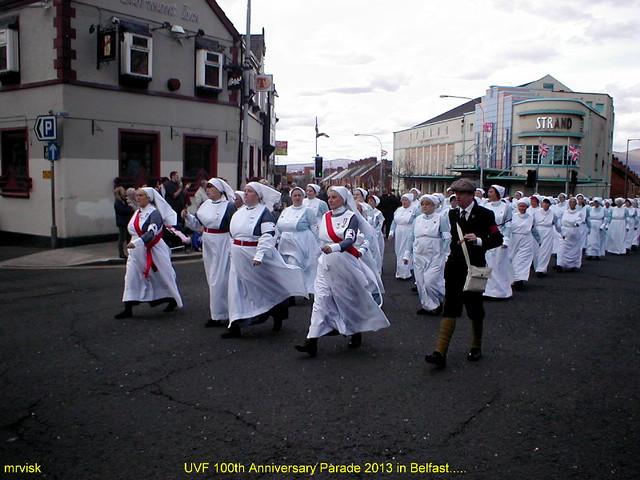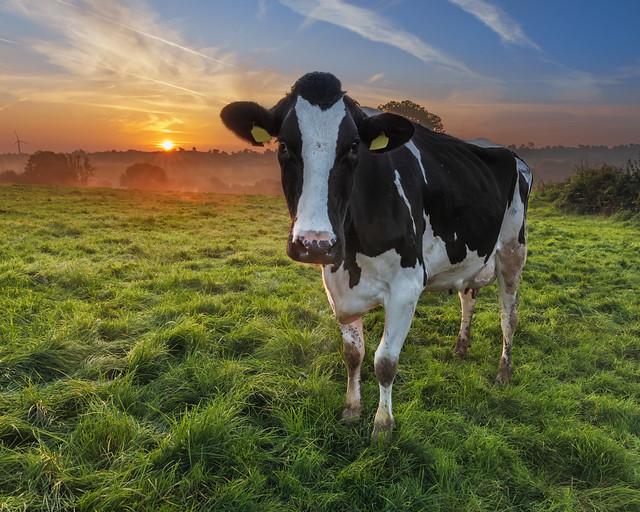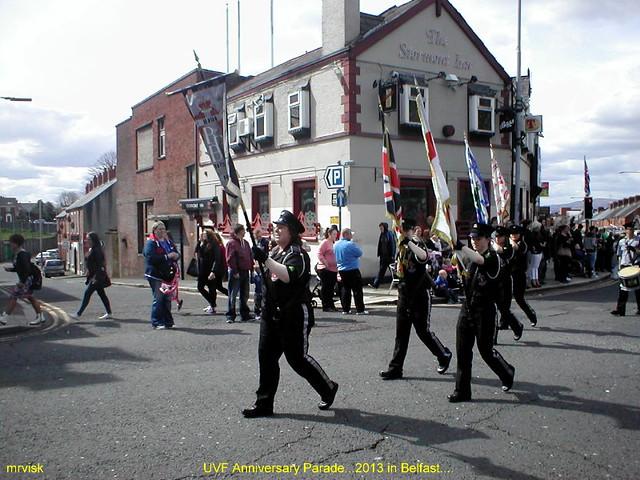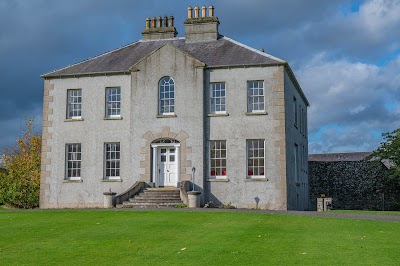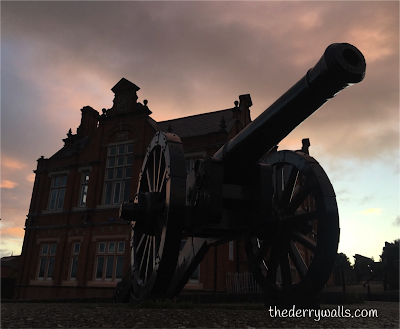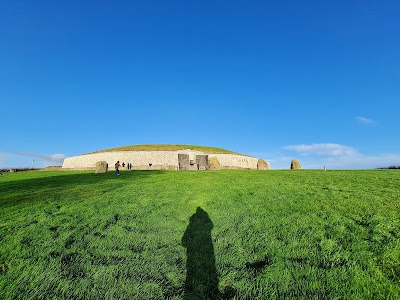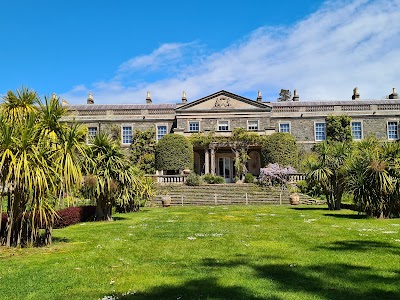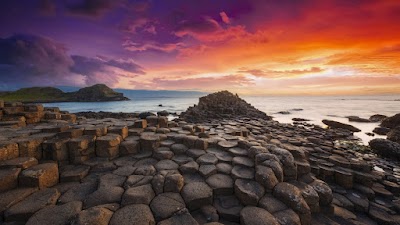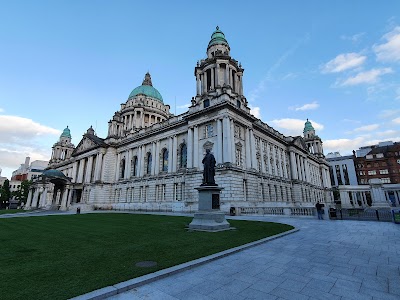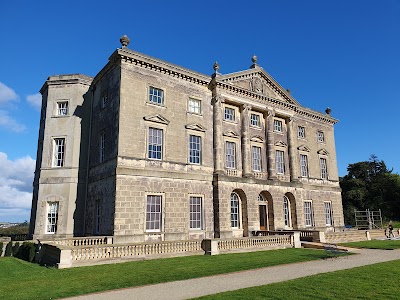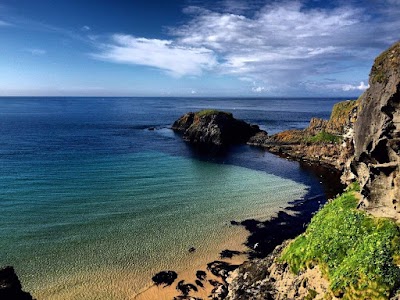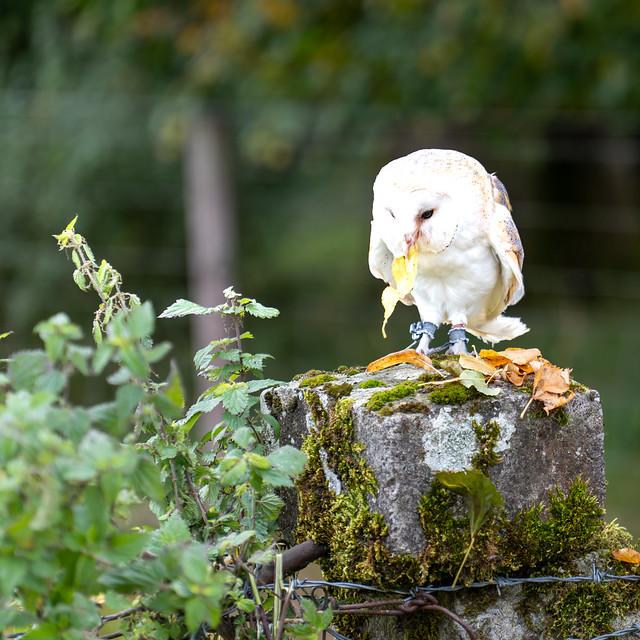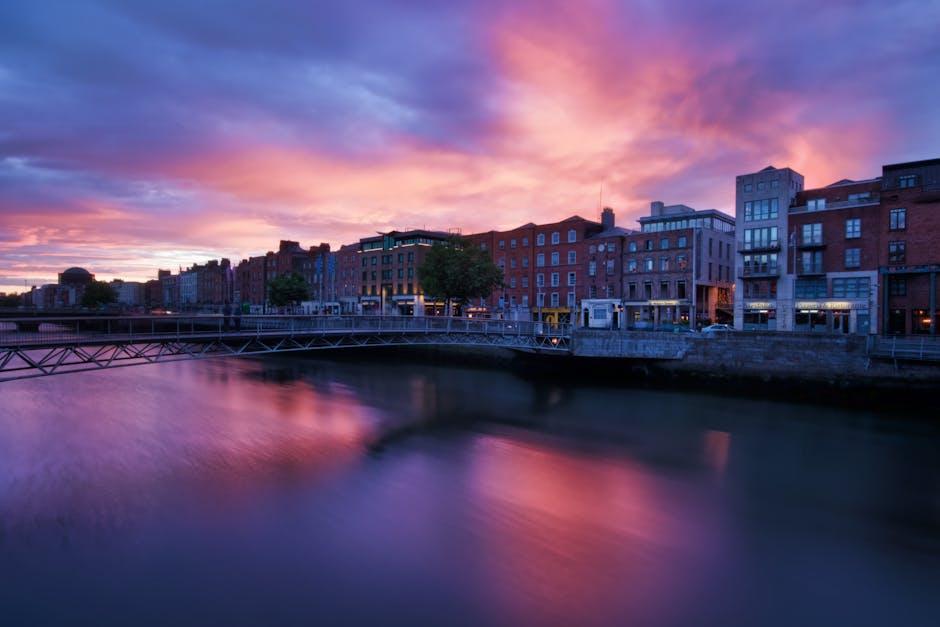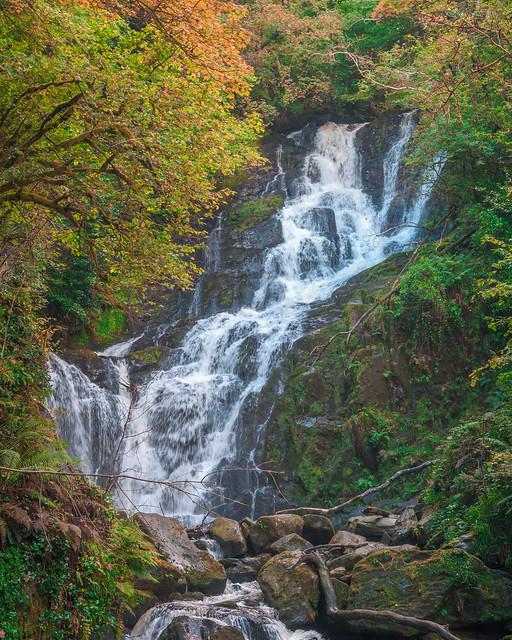Ulster
Overview
Geography and Landscape
Ulster, one of the four provinces of Ireland, is a land of stunning natural beauty and diversity. Nestled in the northeast of the island, it is home to a range of landscapes that include breathtaking coastlines, rolling hills, and rugged mountains. The famous Giant's Causeway, a UNESCO World Heritage site, showcases unique basalt columns formed by volcanic activity, creating a mesmerizing natural wonder that draws visitors from around the globe. The province is also home to the picturesque Donegal Coast, where dramatic cliffs meet the Atlantic Ocean, offering scenic views and opportunities for hiking, surfing, and exploring quaint seaside villages.
Culture and Traditions
Ulster's culture is a vibrant tapestry woven from its rich history, folklore, and traditions. The province is known for its strong sense of identity, shaped by both Gaelic and Anglo-Irish influences. Visitors will find a lively arts scene, particularly in cities like Belfast and Derry/Londonderry, where galleries, theaters, and music venues abound. Traditional Irish music is a significant part of Ulster's cultural landscape, and pubs often host live performances featuring fiddles, bodhráns, and tin whistles. Festivals, such as the Belfast International Arts Festival and the Derry Halloween Festival, showcase the region's creativity and heritage, providing an opportunity for travelers to immerse themselves in local celebrations.
Historical Significance
Ulster is steeped in history, with many sites that tell the story of Ireland's past. The ancient Newgrange tomb is a remarkable Neolithic structure older than Stonehenge and the Great Pyramids, demonstrating the area’s significance in early human history. The province also played a pivotal role in the tumultuous events of the 20th century, particularly during the Troubles, a period of conflict that deeply affected the social and political landscape of Northern Ireland. The Peace Wall in Belfast stands as a testament to these times, while the Museum of Free Derry provides insight into the civil rights movement and its aftermath. Exploring these historical sites allows travelers to gain a deeper understanding of Ulster's complex identity.
Local Cuisine
Ulster’s culinary scene is as diverse as its landscapes, with a rich array of traditional dishes and modern gastronomy. The province is renowned for its hearty fare, including Ulster Fry, a beloved breakfast featuring bacon, sausages, eggs, and soda bread. Visitors can indulge in the famous Irish stew, made with lamb or beef, potatoes, and root vegetables, or sample freshly caught seafood in coastal towns. The local love for potatoes is evident in dishes like champ and boxty, while artisanal food markets and festivals celebrate local produce. Don’t forget to pair your meal with a pint of Guinness or a glass of Irish whiskey, both of which have deep roots in Ulster’s brewing and distilling traditions.
Warm Hospitality
What truly sets Ulster apart is the warmth of its people. Known for their hospitality and friendliness, locals are often eager to share stories and traditions with visitors. This welcoming atmosphere enhances the travel experience, making it easy for foreigners to feel at home. Whether you’re enjoying a pint in a local pub, chatting with shopkeepers in charming towns, or participating in community events, you’ll find that the people of Ulster take pride in their heritage and are delighted to share it with others.
Overall, Ulster offers a unique blend of stunning landscapes, rich culture, poignant history, delicious cuisine, and warm hospitality. Travelers venturing to this enchanting part of Ireland will discover a region that is both captivating and deeply meaningful, inviting them to explore its many facets and create lasting memories.
How It Becomes to This
History not available

Places in Ulster
Explore the most popular attractions and landmarks
You May Like
Explore other interesting states in Ireland
Discover More Area
Delve into more destinations within this state and uncover hidden gems.


